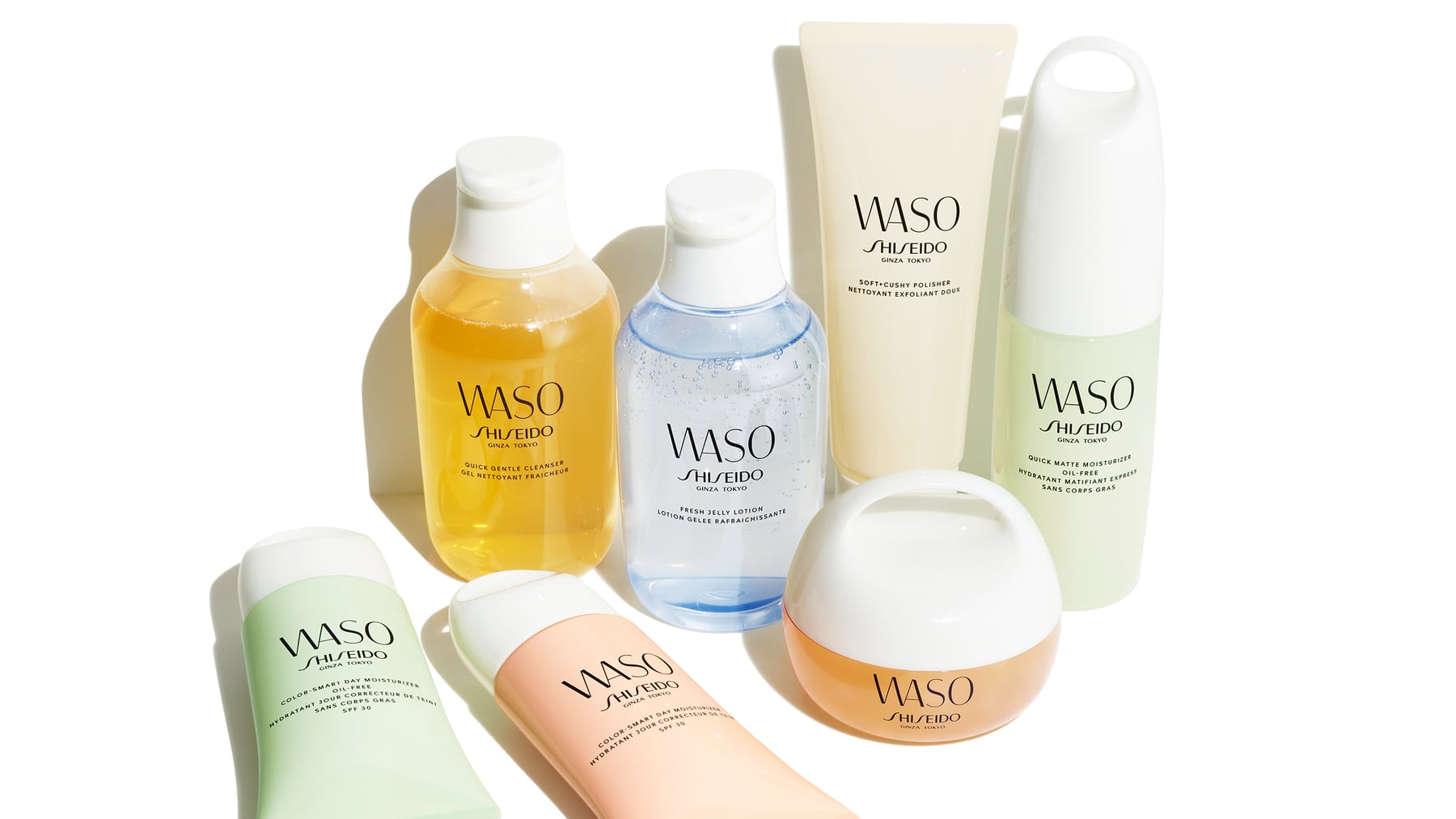
Shiseido became the latest victim on Friday of a slowing Chinese economy that has battered earnings at many global consumer goods companies, when the Japanese cosmetics maker reported a 40 percent slide in annual earnings.
China’s weak consumer spending has also hit profits at L’Oréal and Estée Lauder, which like Shisedo had for years banked on the that country’s thriving beauty market for growth.
“We recognise that the macroeconomic numbers are not good,” Shiseido president Kentaro Fujiwara said about China at an earnings briefing. “We need to look not only at the macroeconomy, but also carefully assess where we have a chance to win, and where growth is taking place.”
On Thursday, cosmetics group L’Oréal reported slower sales growth for the fourth quarter compared with the previous three months, hurt in part by the Chinese government’s crackdown on resellers of foreign consumer goods, known as “daigou”.
That came after Estée Lauder earlier this month announced plans to cut 3 percent to 5 percent of its global workforce amid skittish Chinese demand.
China’s beauty and personal care market, valued at around $80 billion, has softened as consumers tighten their purse strings and become more discerning about what they buy, leading some multinational brands to offer deep discounts.
Beauty manufacturer and retailer L’Occitane Group bucked the trend, saying steady growth in China helped its overall sales grow by 19.5% for the quarter to Dec. 31, although analysts warned that the mainland sector’s outlook remains uncertain.
Another risk for foreign brands, which dominate China’s beauty market, is the rising momentum of home-grown brands such as Proya and Winona, as some consumers find they cater better to their needs.
Japanese companies like Shiseido face the additional, if short-term, headwind of Chinese boycotts in protest against Tokyo’s decision to release treated water from the crippled Fukushima nuclear reactor from last August.
China accounts for about 25 percent of Shiseido’s sales, but total exposure is even larger when factoring in purchases in Japan by Chinese tourists, analyst Steve Zhou wrote on the Smartkarma platform.
Both segments have suffered from the Fukushima water issue, which Shiseido expects will linger until the second quarter of 2024.
“If we look at past similar events, scandals like this generally take 6-12 months to recover,” Zhou said. “In fact, Shiseido recovered quickly in the last anti-Japan incident in 2012 in China.”
Shiseido said operating profit slid to 28.13 billion yen ($188 million) in the 12 months ended in December, compared with 46.6 billion yen the prior year.
That trailed the consensus forecast of 34.05 billion yen in profit based on an LSEG poll of 13 analysts.
Shiseido’s shares have fallen 35 percent in the past 12 months, compared with a 34% gain in the benchmark Nikkei average.
By Rocky Swift and Anne Marie Roantree; Editor: Edmund Klamann
Learn more:
Shiseido Launches Venture Investment Fund
The fund will identify and invest in early-stage companies in the beauty and wellness sector, and is the first venture fund Shiseido has launched in the Western hemisphere.



